Endangered Site: Jaisalmer Fort, India
The famed fort has withstood earthquakes and sandstorms for a millenia, but now shifts and crumbles
/https://tf-cmsv2-smithsonianmag-media.s3.amazonaws.com/filer/Jaisalmer-Fort-India-631.jpg)
Jaisalmer Fort maintains a silent vigil in the far northwestern corner of Rajasthan, India's desert state. Although the local airport is closed to commercial traffic, nearly half a million visitors somehow make their way to the fortress each year, even though it sits uncomfortably close to a contested border with India's longtime adversary Pakistan.
The pilgrims follow a 400-mile-long road from Jaipur. They drive through fierce desert winds that blow all the way to Delhi. In summer, they endure 105-degree heat. They come to an area where, for the past 2,000 years, water has been in short supply.
They come because there is no other place on earth like Jaisalmer.
Built in 1156 by the Indian King Rawal Jaisal, the fort is on a site that legend says he chose on the advice of a wise local hermit. In the Indian epic poem the Mahabharata, the mystic tells Jaisal that the Hindu deity Lord Krishna had praised the spot—and therefore, a fort built there would be almost invisible to the king's enemies. Indeed, from 30 miles away, visitors see only a sheer golden cliff, rising nearly 25 stories from the desert floor. The walls, of rich yellow sandstone unique to Rajasthan's quarries, shimmer like a mirage.
Jaisalmer was once home to the Rajputs—a tribe of warriors and traders who, for centuries, prospered by levying taxes on the merchants who wound between Egypt, Persia and India. Prone to warring not only against outsiders but among themselves, the Rajputs built a network of intricate fortresses to defend themselves and their accumulated wealth.
The fort's main gate, 60 feet tall and carved from Indian rosewood, has a crack that, according to legend, appeared when a Hindu saint crossed the threshold. Three concentric rings of sandstone walls open onto homes, stables and palaces that once housed Rajput kings. In contrast to the plain walls, these bear elaborate designs. Carvings of chariot wheels, fruit and flowers emerge from soft marble. Scalloped archways guard the walkways between buildings. Ornamented screens shade royal apartments.
"Rajput forts were not easy to build," says Vikramaditya Prakash, an architecture professor at the University of Washington. "The palaces and temples are filigreed in unbelievable detail." Although it has been generations since any Rajput kings ruled here, Jaisalmer Fort still houses some 2,000 residents, which makes it India's last "living fort." (India's other famous forts are abandoned, except for tourist guides.) This, too, draws visitors to Jaisalmer.
But as the visitors arrive at the ancient wonder, they encounter a modern controversy. During the past 20 years, the sandstone blocks of Jaisalmer Fort, immune to the elements for nearly a millennia, have begun to shift and crumble. And no one can agree why it's happening or who is to blame.
"The basic problem is the sewage system in the fort," says Luca Borella, who moved to Jaisalmer from France in 1994 and now owns a nine-room heritage hotel here. "The government built it quickly and without study." Borella says the sewage system leaks water directly into the fort's foundations. He and other residents have called upon the Indian government to repair it.
Jaisalmer's tourist boom has only made matters worse. According to local government estimates, the hotels, restaurants and shops that dot the historic ridges import nearly 50,000 gallons of water daily. This water then flows into the sewage system's already-overstressed open drains. Some international heritage foundations, such as the World Monuments Fund, are urging both tourists and residents to scale back their water use—especially public taps that dispense running water—if they want the fort to survive the next 1,000 years.
Asheesh Srivastava, a conservation architect with the Lucknow, India-based firm ANB Consultants, has surveyed Jaisalmer and agrees the sewage system needs to be redesigned. But he argues that global climate change is the primary culprit. "In an arid region that was not designed to face rainfall, we are now facing rainfall," says Srivastava. When Jaisalmer was built, the Thar Desert received six to nine inches of rain per year. In the summer of 2007, 22 inches of rain fell in just three days. Although some would consider increased rainfall a blessing for such an arid region, it can be a headache for preservationists. When Raja Jaisal's workers built Jaisalmer in the 12th century, they topped many of the buildings with three feet of mud as insulation to keep interiors cool. Now the rains turn the roofs to sludge, which causes buildings to collapse.
Jaisalmer's slow decline became a matter of urgency on January 26, 2001, when a 7.7 magnitude earthquake struck near Jamnagar, a town in the coastal state of Gujarat, about 200 miles away. The tremors shook the foundations of the fort. "The buildings transfer load vertically," says Srivastava. "Every lateral movement damages the fortress."
After the quake, Srivastava and a team of engineers and surveyors from the Indian National Trust for Art and Cultural Heritage went to the fort to assess the damage. The engineers rebuilt damaged outer walls with golden sandstone dug from nearby quarries and even employed the services of a camel to grind lime plaster with its hooves, according to the traditional method. To guard against damage from future tremors, they shored up weakened roof beams and inserted copper pins in the walls to protect against lateral thrust.
Srivastava and his group kept residents apprised of the restoration work through town meetings, but many Jaisalmer inhabitants remain dubious. Some fear the Indian National Trust will be satisfied only once all commercial activity at the fort has ceased. Others worry that the government might force them to relocate.
At the moment, Srivastava is working with another team to renovate the fort's largest structure, the granary. Built from four different types of stone, it once held enough grain to feed the fort's residents for 12 years. Once renovations are complete, local authorities hope to turn the granary into a spice museum where visitors can see samples of the pungent fenugreek, cumin and asafetida—still common in Indian cooking—that Rajputs added to food to preserve it. Other cultural projects, such as an amphitheater to showcase Rajput music, are also under consideration.
These initiatives will take time, but time is something this fort understands. For generations, it provided Rajput kings with a haven from their enemies and the harsh desert climate. Now it is up to residents, architects and heritage groups to protect it.
Planning Your Next Trip?
Explore great travel deals
Smithsonian magazine participates in affiliate link advertising programs. If you purchase an item through these links, we receive a commission.
/https://tf-cmsv2-smithsonianmag-media.s3.amazonaws.com/accounts/headshot/anika-gupta-240.jpg)
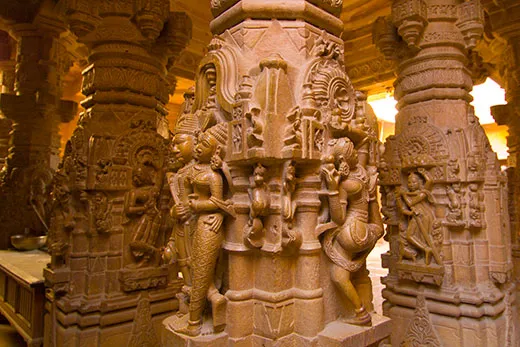
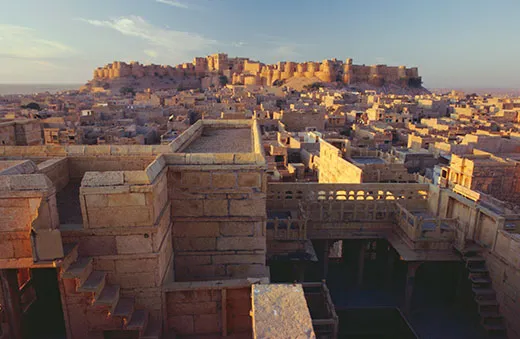
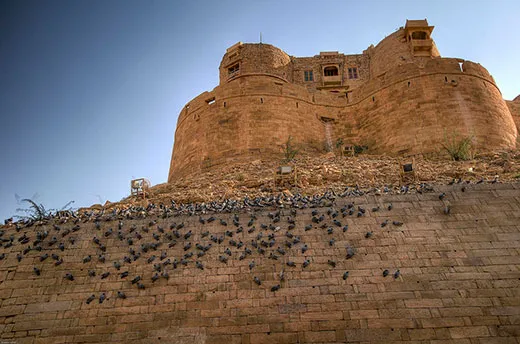
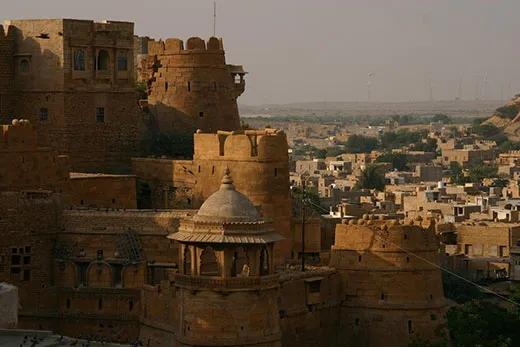
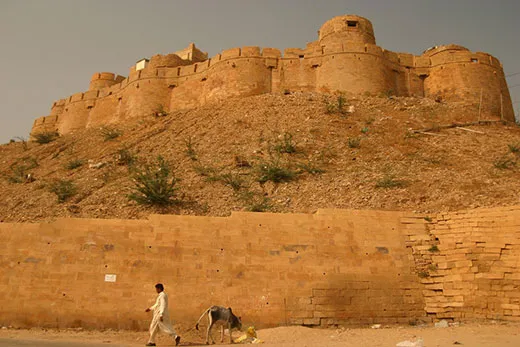
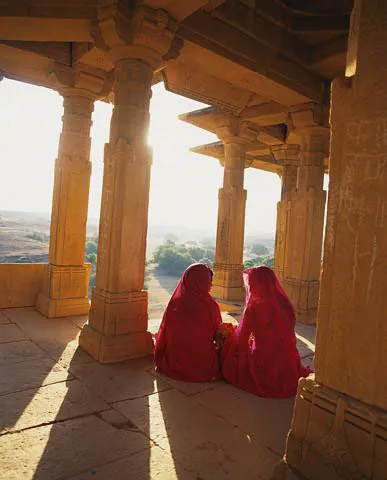
/https://tf-cmsv2-smithsonianmag-media.s3.amazonaws.com/accounts/headshot/anika-gupta-240.jpg)